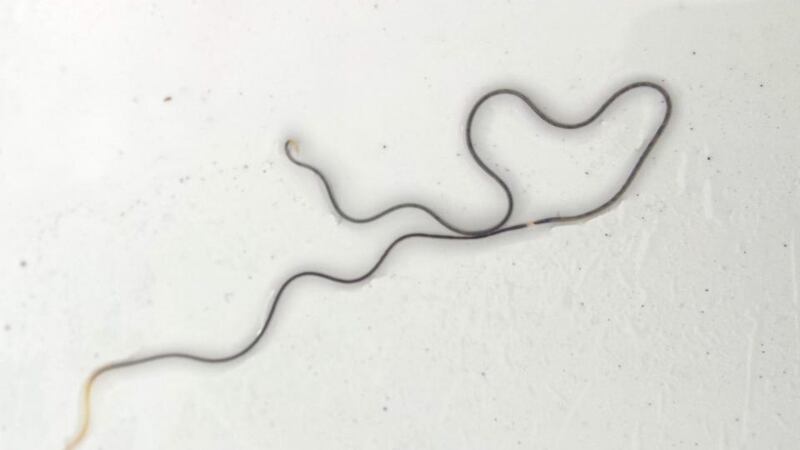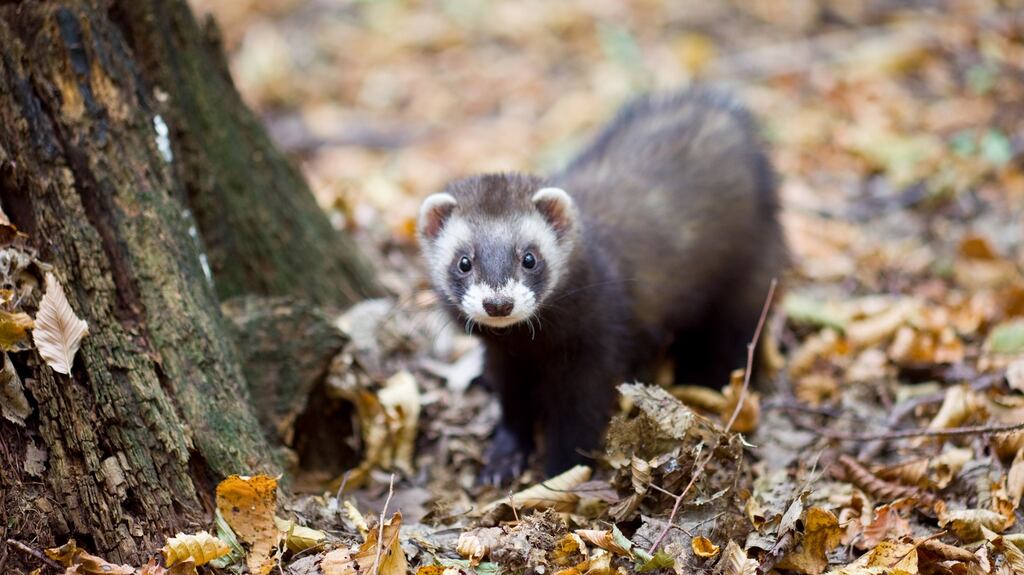When walking the Camino de Santiago recently, in an area of fields and woodlands, my friend and I were amazed to see a pine marten cross our path and turn to look at us. It had huge black pupils, surrounded by a thin orange circle, and underneath its chin and on its chest a strong amber colour. The rest of it was silvery brown.
Carmel Shaw
Greystones, Co Wicklow
It sounds more like a western polecat.
In my frog pond I saw a large brown beetle that moved very fast under cover of growth.
Malachy Daly
Aillemore, Co Mayo


It was great diving beetle. Its larvae are shrimplike and prey on everything in the pond.
I'm sending you a photograph of a creature that I think stung me today. What is it?
Rachel McCloskey (aged nine)
Drogheda, Co Louth
It is the pupa of a moth, which is the last stage of the caterpillar before it hatches with wings. It is probably a night-time moth. Watch it until the moth emerges.
I found the creature in my photograph on a polytunnel. I thought it was thread, but when I picked it off it was alive. It was about 4in long.
Tommy Higgins
Dublin
It is a thunderworm, a member of the roundworm family. They emerge from the soil after a shower or heavy dew to lay their eggs on vegetation or on the ground. The hatched-out worms are parasites on insects, boring into grasshoppers or beetles, for example. They normally live curled up in the soil, and can reach a length of up to 20in (50cm).
Ethna Viney welcomes observations and photographs at Thallabawn, Louisburgh, Co Mayo, F28 F978, or by email at viney@anu.ie. Please include a postal address








